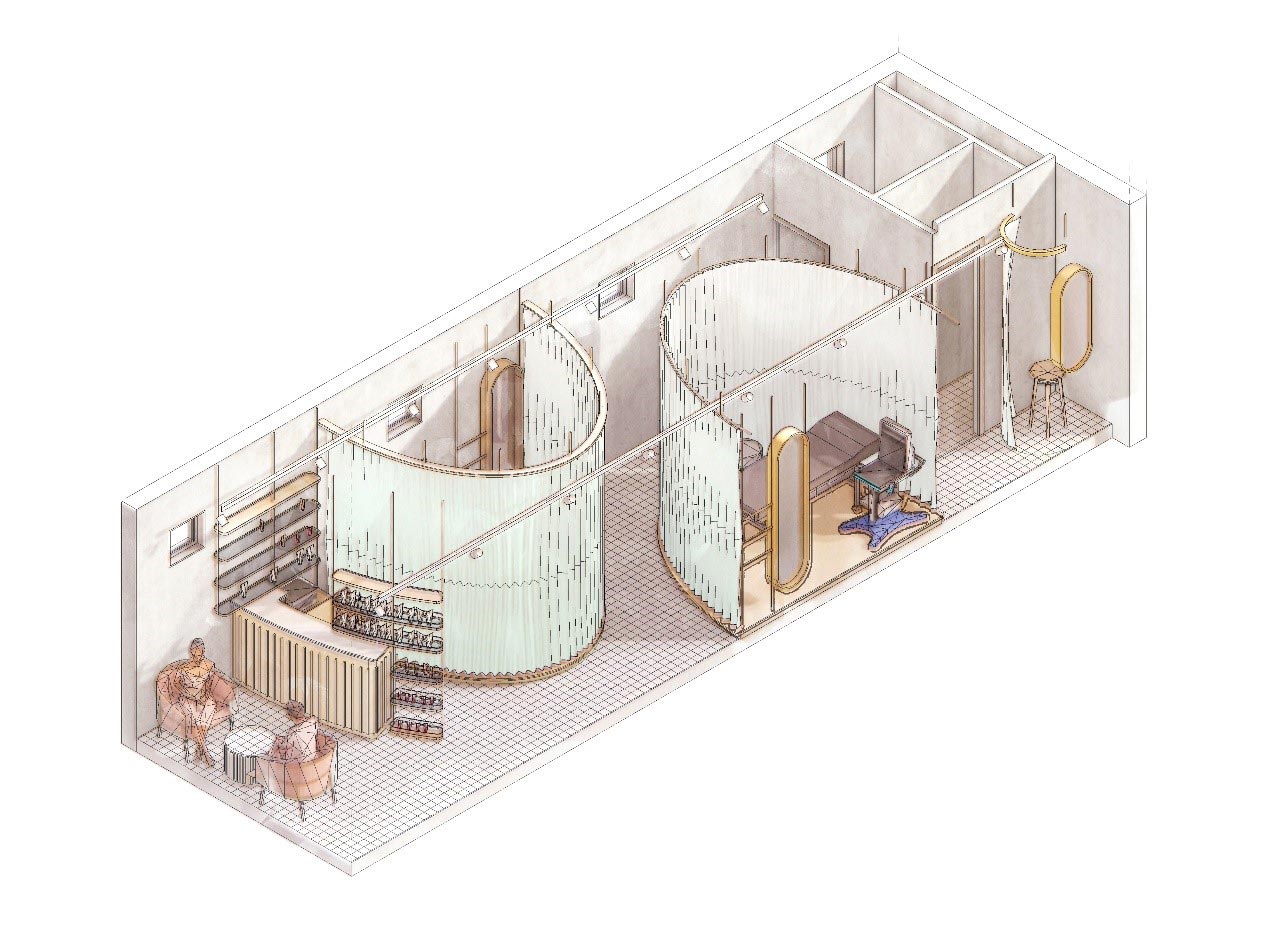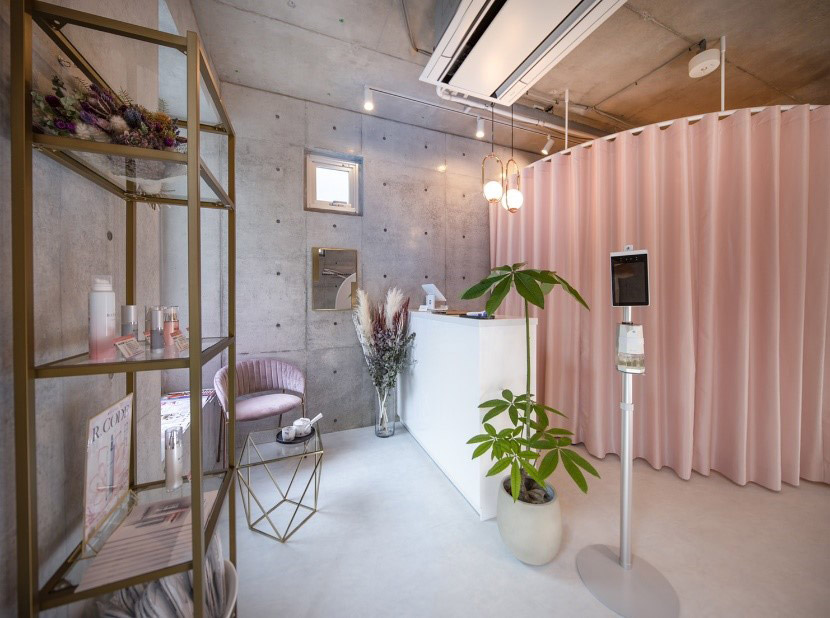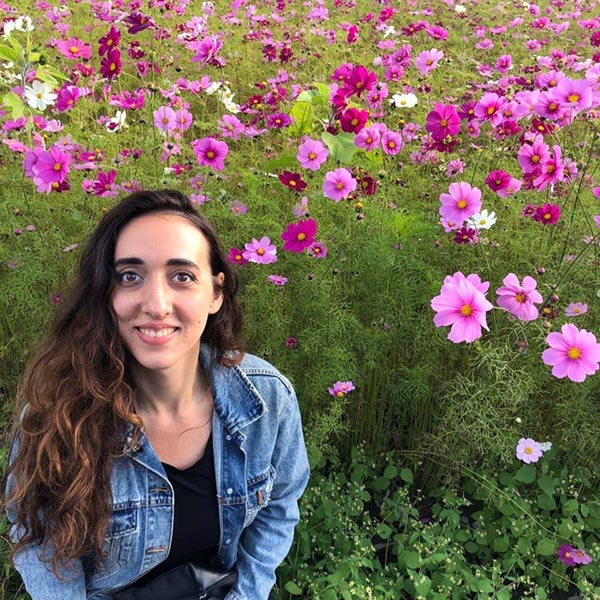Architecture in the last 15 years has been undergoing a paradigm shift after the long pause in speculation that can be traced back to the 1980s. That period was characterized by standard architectural practice working on providing spatial solutions for the demands of the industry. Architecture had come to be seen as mere application of what I call ‘Template Knowledge’, using standardized images of generic users and form manuals. Then followed ‘the digital turn’ of the 1990s and 2000s, where attention was placed on possibilities of new technologies entering the architectural studio.
The above meant that the creative power of the architect was channeled in either establishing a competitive brand, manufacturing architecture as commodity, or honing digital design skills. Here, the architect is pictured working alone, or with other architects only, brainstorming on a white piece of paper, the scribbles of which would later enter an equally blank CAD interface. In this blankness lied the architect’s sole authority and certainty of how life should be, even if they themselves were running short on ‘Life Knowledge’.
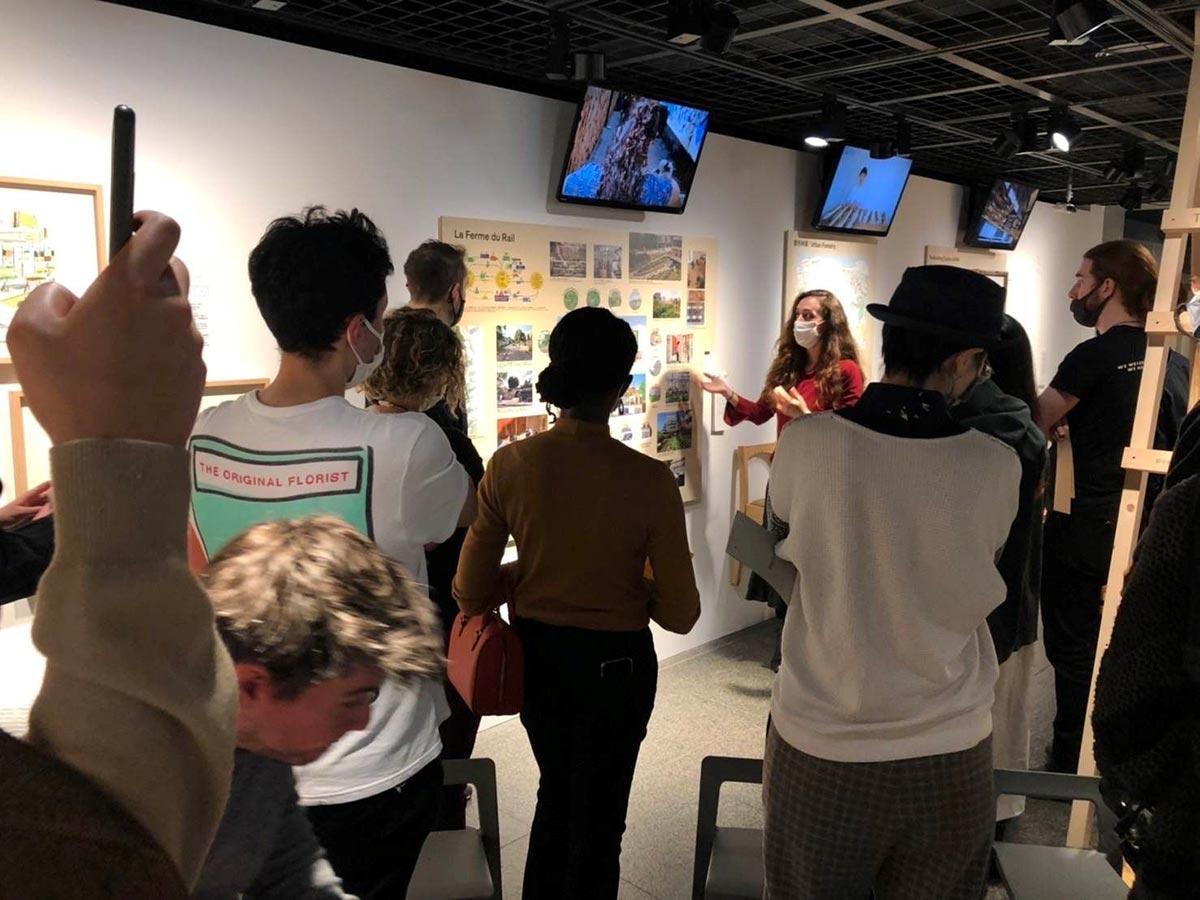
Figure: Exhibition Tour - November 26th 2022
Asking ‘How is Life?’
‘How is Life?’ is taking place during an ongoing profound shift in the values and perceived response-abilities of the architect, underway as the result of global and societal paradigm shifts.
When I was invited to support the exhibition as an assistant curator, I started thinking about the question at its title. In an interesting way, being able to question something felt like a relief to me. As an undergrad student over 10 years ago I was always struggling with the design studios and lectures’ assumed certainty in how architects should work and engage with society.
‘How is Life?’ is an unexpected open-ended question, an attempt to shake the conviction and confidence of design professionals in their own preconceived answers. Developments of the last 15 years have contributed to this shaking, including global crises and technological innovations strong enough to push the architect outside and into the field to start questioning again. When I would perform guided tours for visitors and friends, I would find that it is not only architects’ inquiry, but that feeling is shared by individuals from all walks of life.
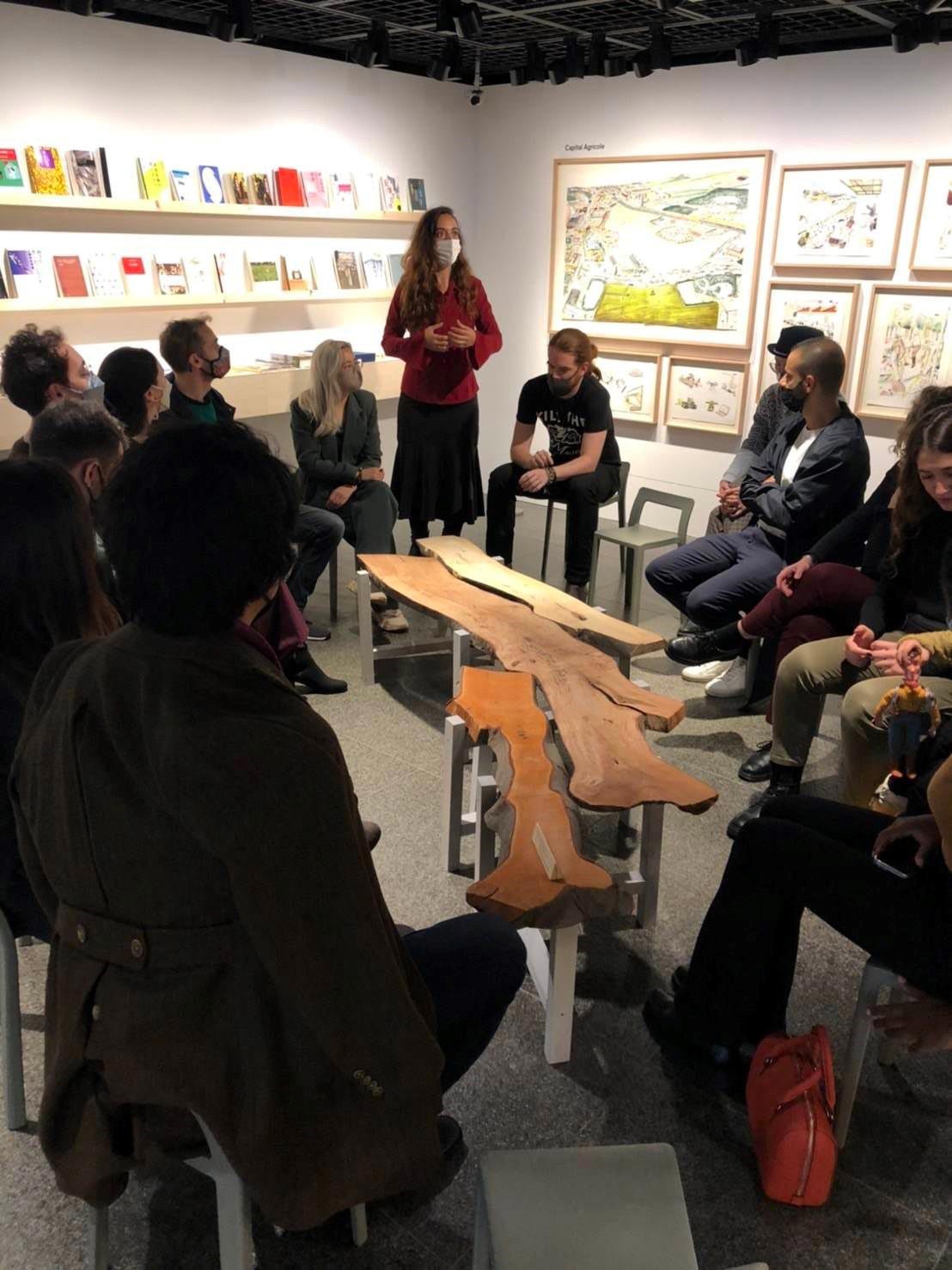
Figure: Discussion - November 26th 2022
Having lived in Japan for almost four years, I have always been intentional about sharing what I am learning here with the international community, both inside and outside of Japan. This exhibition is also a shared space between different cultures, an exchange of ideas from different contexts. I strongly believe in the development of such connections and interchanges as necessary for moving forward.
Now we have a broader interpretation of architecture and heightened awareness of cultural and historical interdependencies of places. We are also more aware of the implications that ‘Template Architecture’ and planning have on life itself, evoking inequalities of shrinkage, loss of identity, connection and meaning. Finally, and poignantly, we can no longer ignore the effects our activity has incurred on the planet itself.
Architecture beyond Architecture
This exhibition explores accounts of co-creation where the emphasis moves away from the ‘Architectural’ to bring forth embodied action within a web of influences. If architects were to let go of the mantle of the expert to engage with real-world needs, they could potentially leverage their skills and widen their fields to include collaborations with stakeholders that do not resemble the typical industry standard.
Figure: Soft Spaces for Care, MD Aoyama, Tokyo, Aoyama, 2021 by Anastasia Gkoliomyti
Figure: Soft Spaces for Care, MD Aoyama, Reception
On this premise, alternative roles of the architect in the making of vibrant spaces are being explored, by showing examples of successful co-creation, sometimes with the collaboration of experts, and sometimes emerging from bottom-up. The curated projects serve as a reminder that, when architecture is about life, new directions can be envisioned, where living with our Earth can feel possible again. In this moment, architecture is not about architecture anymore, but about life itself.
Figure: Soft Spaces for Care, MD Aoyama, Treatment










